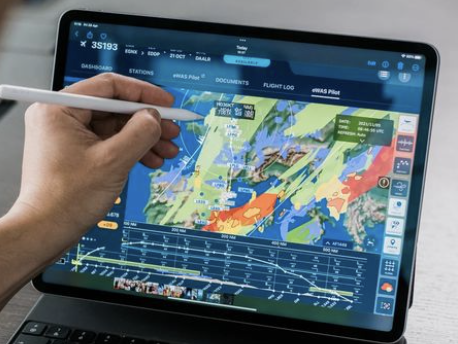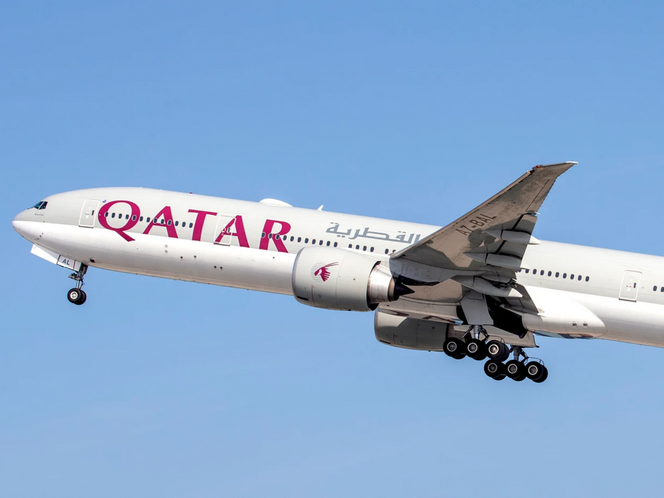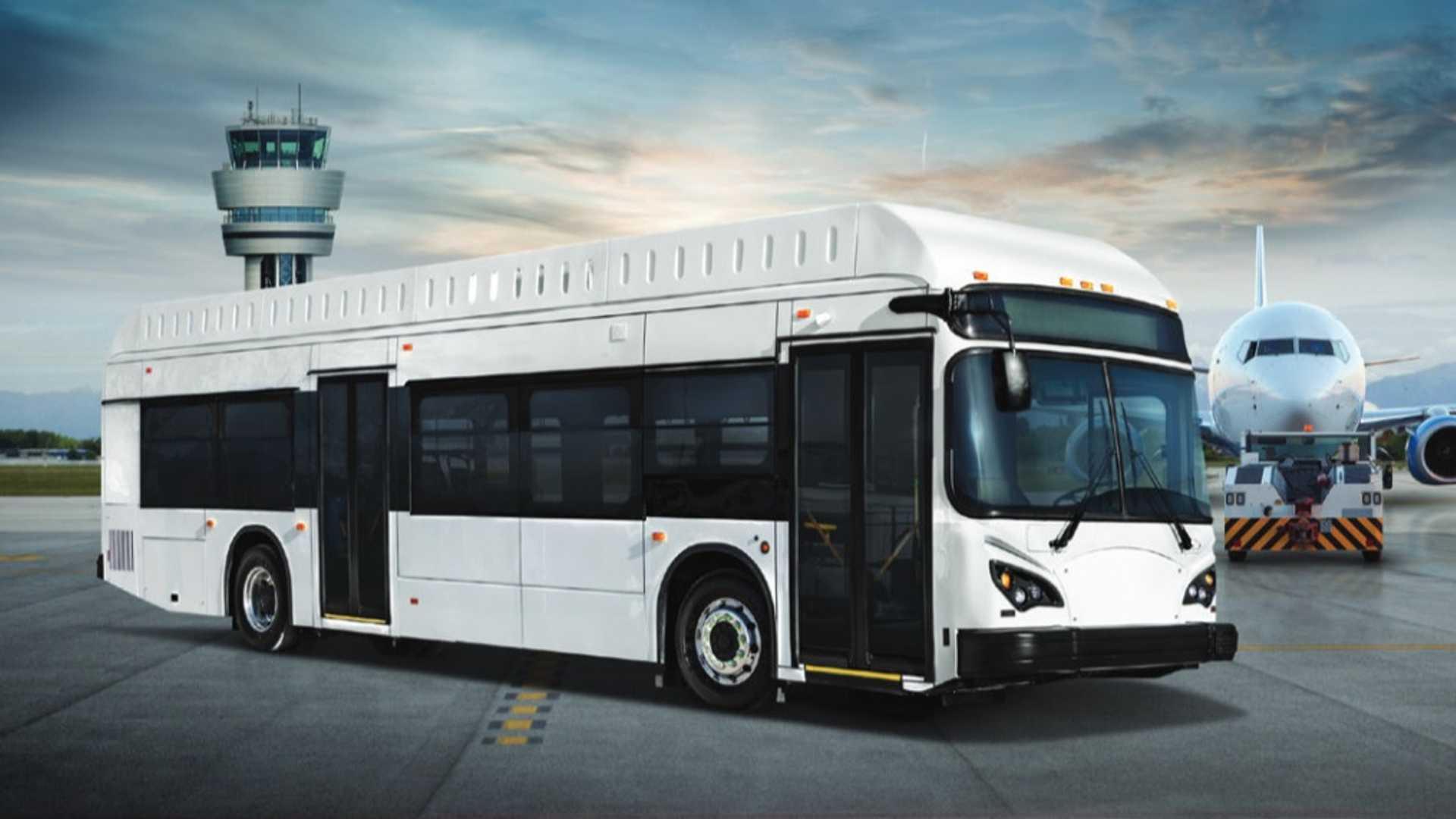How Do We Prepare Aviation for the Next Generation of Travel?
- By Manuel Deloche VP Product Management, Airports and Borders, SITA
As people return to the skies and passenger numbers grow, more than ever we must focus on the need to prepare aviation for the next generation of travel. According to SITA’s 2022 Passenger IT Insights research, passengers want to embrace mobile, biometric, and touchless technologies to make their journeys easier. For its part, driven by the pandemic, the industry has begun accelerating the task of making travel processes digital.
In Creating Biometric, Mobile-Driven Journeys – We Must Make the Right Choices
But the decision as to which partner to work with is fraught with challenges. CIOs, CTOs, and commercial procurement professionals need to make the right choices. This is not a commodity purchase at the lowest price. The opportunity cost of getting it wrong is not worth thinking about. Our decisions now must ultimately take us toward the vision of a single digital identity for travelers across all the world’s airports.
With standards and practices changing, it’s critical to understand the way forward. Decision-makers need reassurances of vision, credibility, quality, experience and reach. SITA and NEC have partnered with airports and airlines around the world to navigate the landscape.
No. 1 Ranking for Biometrics
The SITA-NEC global partnership focuses on secure and seamless travel on and off airports, founded on next-generation biometric, mobile-enabled, and touchless passenger processing technology. The partnership integrates SITA Smart Path and the NEC I:Delight identity management platform.
NEC’s platform is the world’s best biometric matching service, ranked No. 1 several times as the world’s most accurate face recognition technology in vendor tests conducted by the National Institute of Standards and Technology (NIST). Using NEC’s fast, accurate biometric automation, SITA Smart Path (for whole-journey identity management) validates a passenger’s identity and credentials for paperless check-in, bag drop, security, immigration and boarding.
The Importance of Deployments
Any decision must be informed by the provider’s deployments. Some providers refer to deployments that are proofs-of-concept or limited trials, perhaps for one airline or terminal. How viable are the experiences? SITA Smart Path has been deployed in full production environments at major airports, including Beijing, Boston and Orlando.
At the same time, it’s in various stages of trials and adoption around the world, including the airports of Athens, Brisbane, Doha (Hamad), Kuala Lumpur, Oman, Riyadh, Rome, San Francisco, Shanghai, and Taiwan, with more in the pipeline. Around 800 Smart Path touchpoints are in production, with over 3,000 committed in airports globally. On top of that, Smart Path is being deployed in other travel sectors, such as rail and cruise, as well as for global sporting events.
Star Alliance’s airline passengers will also be able to complete touchless processes using their face biometrics, for tickets, loyalty program, and payment cards, thanks to SITA-NEC technology. Connecting to SITA’s Smart Path solution, Star Alliance’s biometrics platform will be able to use SITA’s shared airport infrastructure in more than 460 airports to help streamline processing at checkpoints. Another SITA-NEC customer, Miami International Airport, is introducing biometric boarding at over 130 gates by 2023, complying with the US Customs and Border Protection (CBP) biometric Entry/Exit program.
Here Today, Here Tomorrow
In addition to real deployments, consider longevity. Will the biometric solution evolve easily as we approach the vision of a single identity for travelers, everywhere? Airports need to easily migrate to new and emerging technologies, practices, and standards.
SITA constantly evolves its technology for airlines, airports, governments, and other aviation players, which has been the case for more than 70 years. Owned by the air transport community, we’re driven by its long-term needs. NEC’s pedigree spans 123 years, 70 of which have seen the company providing technology to governments.
A Quick Checklist of Qualitative Considerations
There are many qualitative considerations in creating a biometric and mobile-driven digital journey:
- Security and the passenger experience will be prime concerns. So, the speed and accuracy of biometric matches are key to assessing any potential biometric system. Look for a transaction time of under 1 second for optimal passenger flow. For assurance, opt for a system that an independent, third-party organization has reviewed, like NIST.
- Ease of use is important. Your biometric solution should make travel easier for passengers. And your employees should find it intuitive and easy to manage, with minimal training. That includes easy ways to evaluate service availability, accessibility and success using data analytics and ‘where is my passenger?’ features.
- Invest for scalability. It’s ok to start small. Some airports might want to trial biometrics for boarding before deploying it more widely, for example. But ensure you invest in a system that allows you to scale up cost-effectively to take advantage of new technology and innovations as they emerge.
- Take advantage of existing infrastructure. The digital travel experience will utilize a new generation of touchpoints. It’s advantageous when they can fit into existing airport technology environments so that airports can switch easily and cost-effectively to new levels of self-service. SITA’s range of sleek self-service passenger processing units includes bag drops, face pods and eGates, as well as SITA Smart Path TS6 Kiosks, with use cases ranging from checking-in and enrolling for a biometric single token, to bag-tag printing and self-bag drop. Integrate with what you already have, avoiding additional passenger hardware and background technologies.
And Don’t Forget Experience and Reach
- Experience in deploying tried and tested systems in different airport environments is different. Engage a provider who understands this and offers a flexible, tailored approach to your airport’s specific needs.
- Consider a provider with significant R&D programs in biometric and mobile technologies. They tend to be more innovative because they reflect a commitment to continually evolving and improving solutions, adopting international best practices and standards for interoperability and efficiency.
- That means thinking about the evolution of digital travel. Identity is not local. A traveler’s digital identity will become the master key to traveling from anywhere to everywhere in the world.
- Ensure you’re understood and supported locally and globally. SITA provides business-critical systems supported by 1,700 service professionals on the ground across the world, with a deep understanding of the local environment with no need to fly from another region of the world to urgently resolve any issues that may arise.
The Shift to Digital Travel of the Future
For years the travel industry has sought digital transformation to make travel easier and to gain efficiencies. As international travel grows again, the SITA-NEC partnership opens up a whole new world of digital travel possibilities, offering far greater convenience and speed in processing passengers. This not only bodes well for today’s return to the skies, but also for the seamless digital travel experience of the future.
This article was originally published by SITA.















